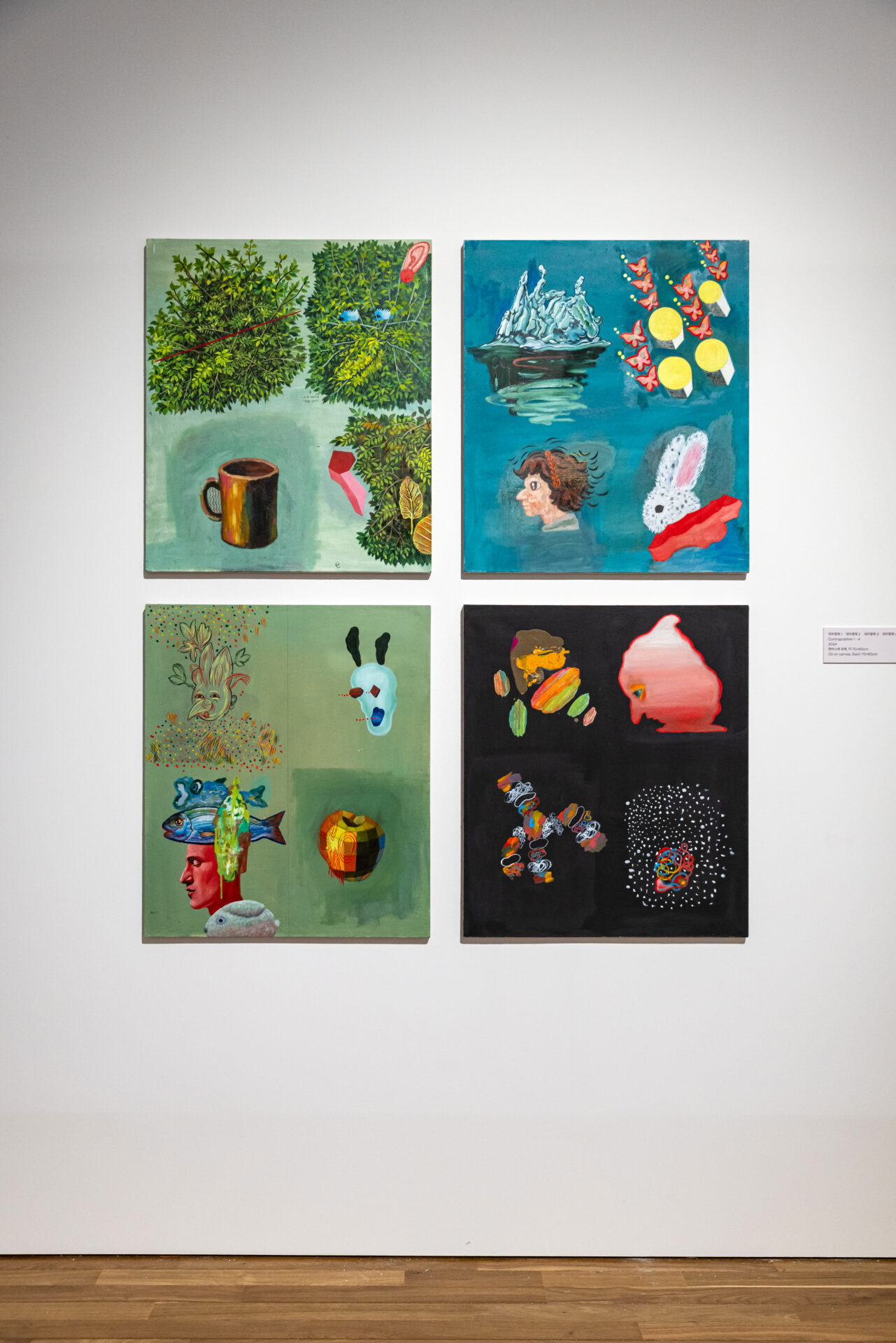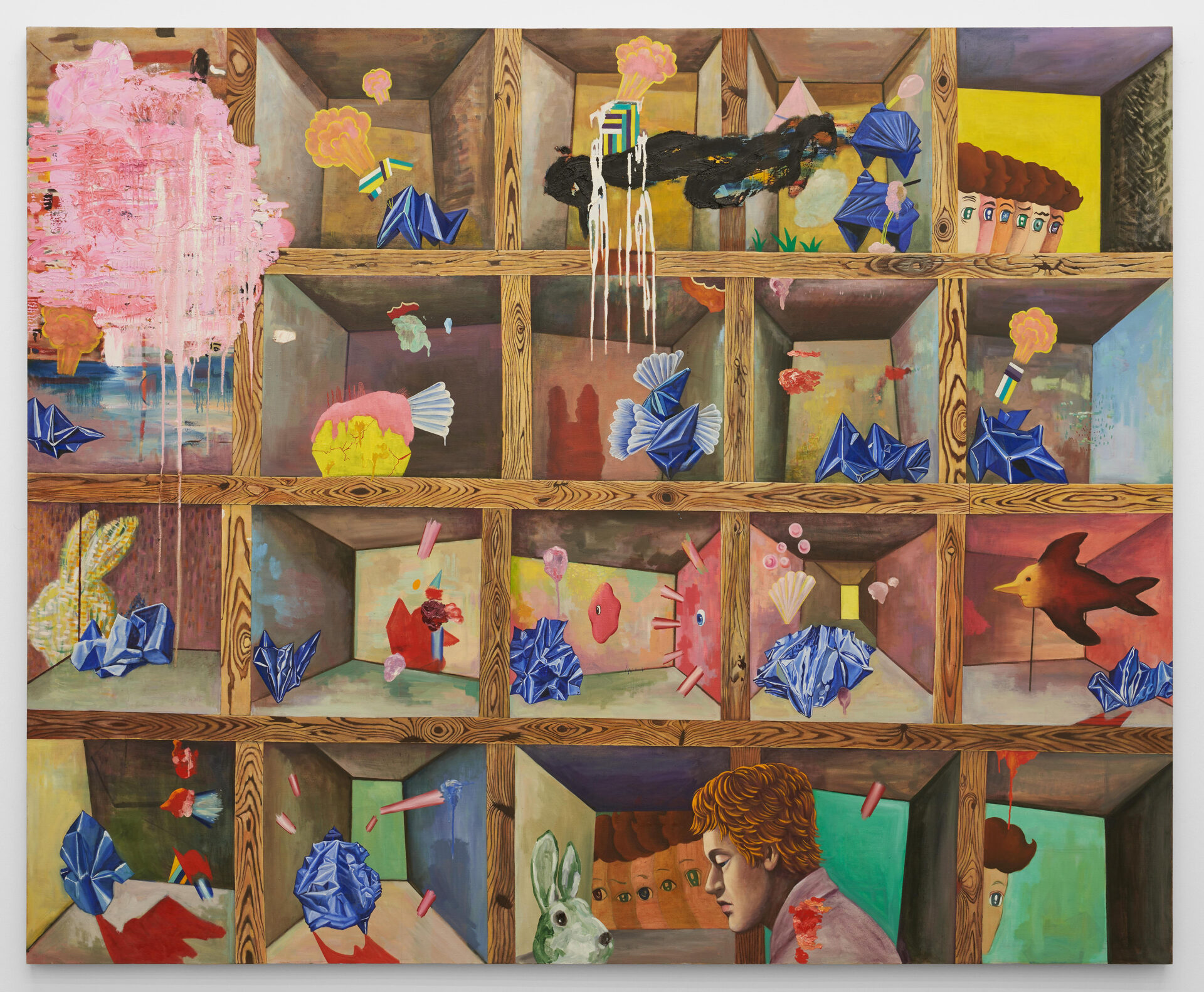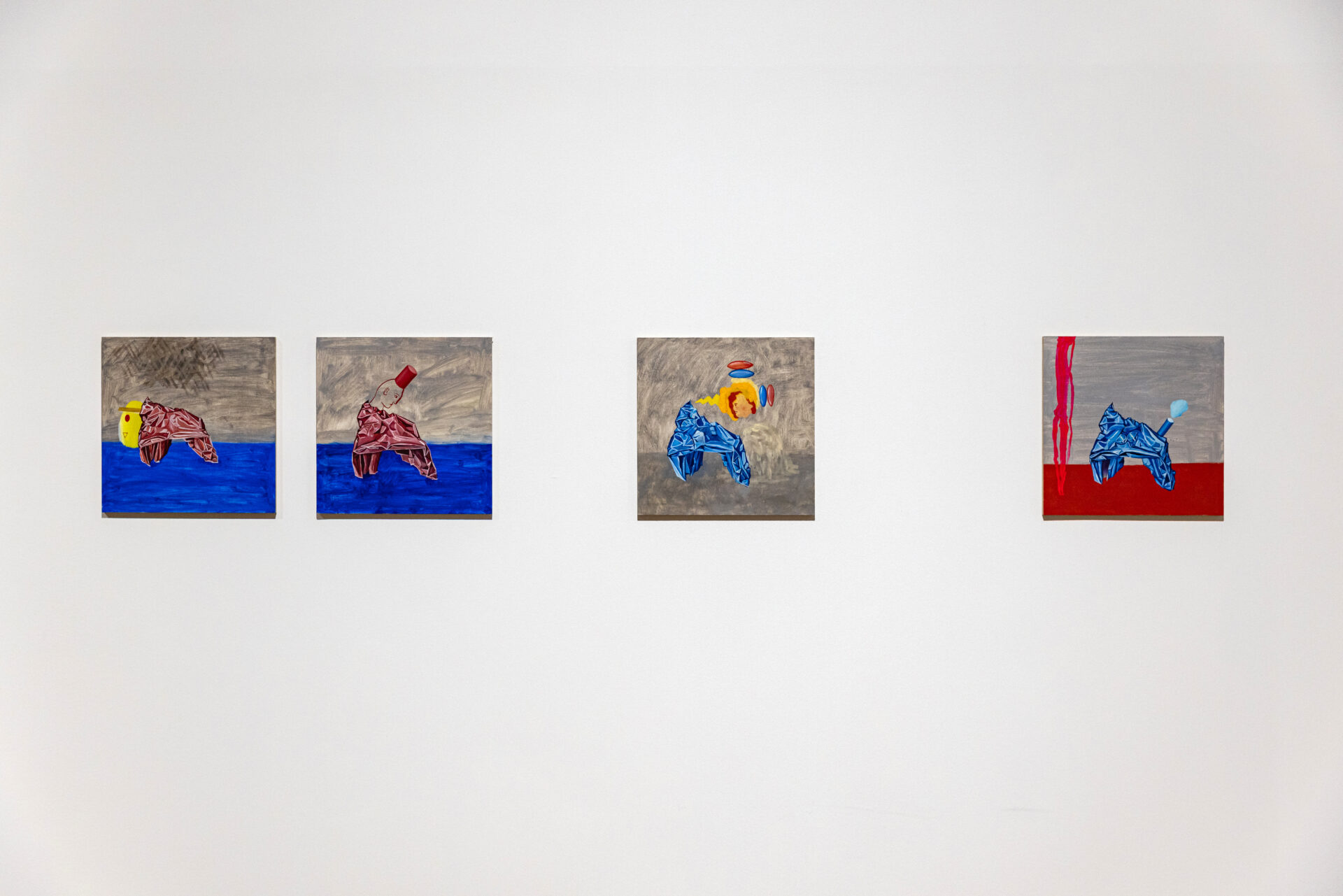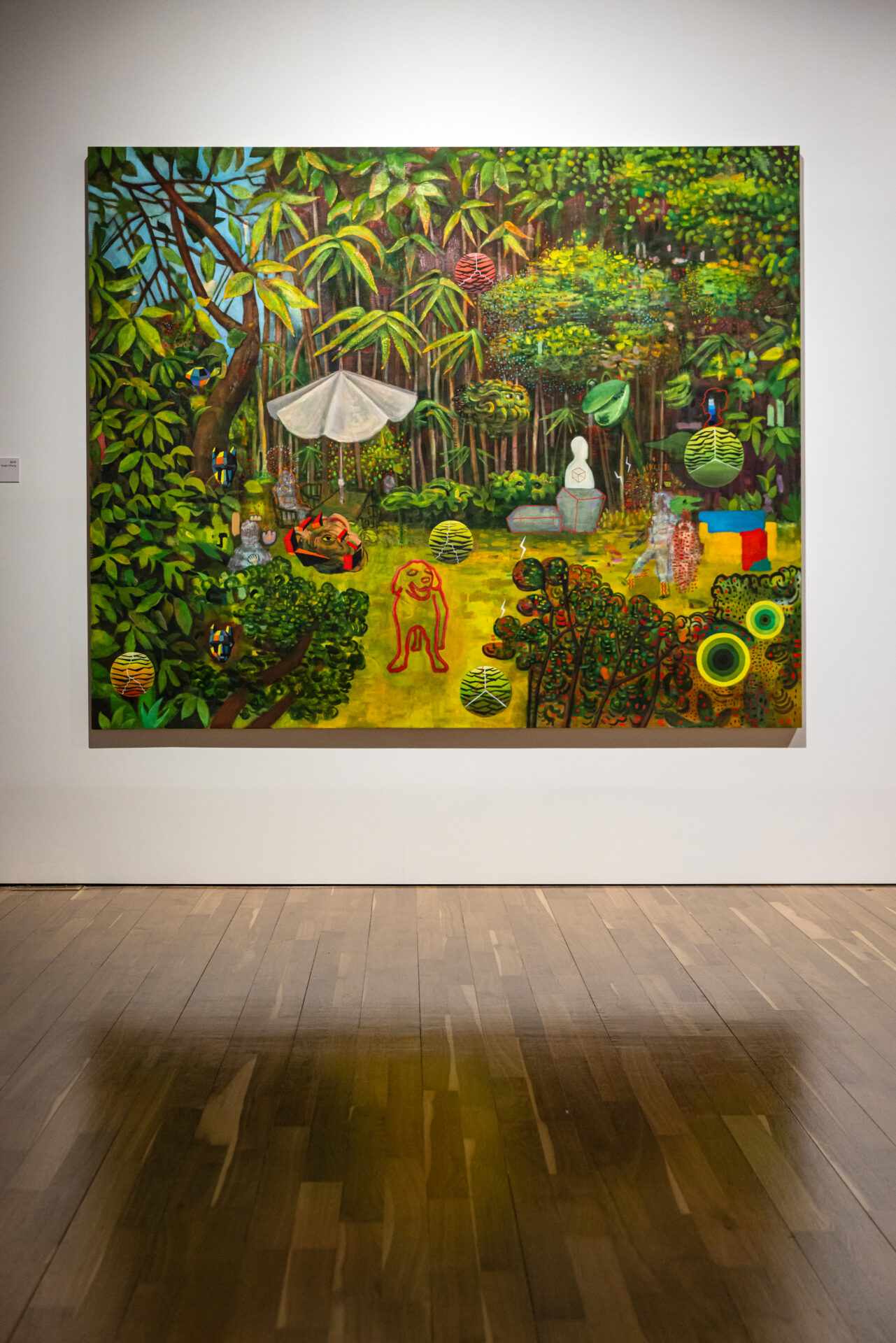정수진은 우리의 의식 작용을 시각적으로 보기 위해 시각이론인 ‘부도이론’을 정립했다. 부도이론의 ‘부도’는 부호 부(符)와 그림 도(圖)를 의미한다. 작가는 그림의 색(色)과 형(形)을 의식의 단위로 정의하고, 이를 통해 눈에 보이지 않는 의식 작용을 가시화하고자 했다. 작가에게 의식이란 대상이자 대상을 인식하는 주체이며, 세상은 우리가 의식하는 존재들로 구성되어 있기에 의식을 탐구한다는 것은 세상을 이해하는 것이 된다. 정수진은 “각 개인의 의식은 세상의 중심에 있다”라고 설명하며, 인간의 의식이 가진 중요성을 강조한다. 작가에게 그림은 이러한 의식 작용을 시각적으로 전달하는 가장 첨단의 매체이다. 그림은 의식의 다차원적 층위를 포용하며, 의식의 끊임없는 움직임 또한 담아낸다. 그리고 관람자의 의식과 공명함으로써 작동한다. 이처럼 의식에 대한 탐구로서 구현된 정수진의 회화는 이미 보이는 세계를 넘어 세계를 보기 위한 단초를 제공한다.
Suejin Chung developed a visual theory named the Budo theory, a framework aimed at representing the workings of consciousness. The term Budo combines two ideas: bu (符), meaning symbol, and do (圖), meaning image or picture. Chung defines color and form in painting as units of consciousness, using them to visualize processes of thought that remain otherwise invisible. For Chung, consciousness is both the perceiving subject and the perceived object. Because the world is made up of entities we are conscious of, exploring consciousness ultimately becomes a way of understanding the world. “Each individual consciousness lies at the center of the world,” Chung states, emphasizing the significance of human consciousness. She regards painting as the most advanced medium for visually conveying the workings of consciousness. It embraces the multidimensional layers of consciousness and captures its ceaseless movement. Thus, Suejin Chung’s painting—realized through her exploration of consciousness—offers a starting point for seeing beyond the visible world.



